SUMMARY
This is AI generated summarization, which may have errors. For context, always refer to the full article.
![[OPINION] Ungoogleable: The challenges of learning geology remotely](https://www.rappler.com/tachyon/2021/07/geology-distance-learning-sq-1.jpg)
In August 2020, when most learning institutions in the country shifted to full remote learning mode, I met my class on the first day of the school year virtually, through an online platform that everybody was still grappling with. At home I was fortunate to have a spare room, but some of my “virtual” students were not as lucky. One student in the province was forced to set up a makeshift desk outside their house to catch internet signal. Another could only avail of a bandwidth too narrow to stream video. Still others could not attend at all.
Imperfect 2020
Ironically coded 2020 for perfection, that year opened literally with a bang: the eruption of Taal Volcano on January 12. Residents of communities around the volcano including Metro Manilans, all numbering over 20 million, were advised to wear N95-rated face masks for protection against hazardous volcanic ash.
By early February, the first COVID-19 death outside China was reported in a Philippine hospital, and by mid-March, the people who were about to doff their face masks as the volcanic ash subsided were forced to don them again as the pandemic struck hard and lockdown was enforced due to spiking infections in the capital and surrounding cities. Establishments classified as non-essential closed, including schools, but education had to proceed.
As the new virtual school year started by August, a powerful earthquake struck the island province of Masbate, damaging buildings including schools. November saw the passage of four destructive typhoons in two weeks – a record of sorts, wreaking havoc mostly on the eastern seaboard, and one dropping record rains in Metro Manila. Even remote classes had to be suspended as power lines were down for an extended period.
As the semester came to a close, several of our students filed leaves of absence as they could no longer cope logistically and psychologically. Nature seemed not content with the Taal eruption and deadly typhoons, so Christmas Day was punctuated by a magnitude 6.3 tremor epicentered south of Batangas, scaring the populace anew.
Bring the field to them
While navigating through this after-all-not-so-perfect year of 2020, our faculty was particularly wary of strategizing the delivery of our online classes, given that the courses that our institute offers are largely laboratory- and fieldwork-based. Teachers needed to devise ways to simulate field exercises and laboratory experiments. Since quarantine protocol prohibited students from going to the field, we teachers decided to bring the field to the students instead!
Since we cannot bring our students to the field, we brought the field to them!
For my class, I brought my four young co-teachers to some 50 km east of the metropolis to document geological formations for our students to remotely “study.” Documentation included gathering field data ourselves, an activity the students conducted on their own in normal times. We flew drones for the aerial perspective and measured structures on the ground, which were then recorded on video and annotated high-resolution photos.
The product was an interactive Virtual Field Notebook from where our students would perform exercises, process and interpret field data, and write a field report. At semester’s end, the exercise did not produce the result expected of the students in normal mode, but at least the minimum competency was met.
![[OPINION] Ungoogleable: The challenges of learning geology remotely](https://img.youtube.com/vi/yYwVnlduCRQ/sddefault.jpg)
Remote cheating?
Our faculty quickly found ways to deliver lessons online through various means available over the web. Our university enhanced its remote learning platforms to handle more complex procedures and larger demands. But designing exams was particularly tricky. Teachers had to contend with all sorts of scenarios, from internet connection difficulties to preventing students from engaging in “remote cheating.”
In a normal classroom setting, acts of cheating such as copying and the use of the age-old “codigo” can be easily caught by the proctor. But there would be no way for a teacher to monitor a student taking an exam remotely in the secured confines of his bedroom. We have heard of some teachers requiring their students to livestream themselves while taking exams, the way CCTVs would catch shoplifters in stores. But critics were quick to point that such a procedure would only compound the already stressful environment. Besides, it has been made clear to teachers to treat their students with utmost compassion.
In effect, exam preparation and delivery became special skills of their own, requiring, for instance, formulating a question that is ungoogleable! In the end, this setup seemed to favor the students as grades came out skewed towards higher marks.
Hurdling them challenges
The technical challenges of remote learning turned out to be more manageable than feared. Students and the younger generation teachers quickly adapted to the system. However, the psychological state and mental health of both students and teachers became more of a concern, especially for those directly affected by infections and deaths. This hurdle had to be overcome. While virtual psychosocial consultation rooms became available, we endeavored to destress by creating our own virtual chat rooms within our institute. One such forum was Schistmisan, so named as a play on the words “schist,” a type of rock that has undergone metamorphic change, and “tsismisan,” where everybody is allowed to discuss anything but academics!
The pandemic greatly reduced family incomes, resulting in financial difficulties among many students and some teachers. The need for financial assistance became more critical. Donation drives were run to complement efforts by our university to address these needs. For this purpose, our own homegrown The Unconformity Band produced virtual concert videos and has been quite successful in raising significant sums, thanks to generous donors and benefactors.
![[OPINION] Ungoogleable: The challenges of learning geology remotely](https://img.youtube.com/vi/snfln98Btbk/sddefault.jpg)
Over a year and a half on and our school, like many others in the country, is still on remote learning mode. We may be burdened heavily by the perennial problems of a developing country, aggravated by the perils of inevitable natural hazards and further worsened by the pandemic, but our resilient ways are getting us through. Even another eruption from Taal a few days ago and the forthcoming typhoons cannot deter us from providing the much-needed education that our students need, by hook or by crook. – Rappler.com
Mario Aurelio is the director of the National Institute of Geological Sciences of the University of the Philippines (UP NIGS). He teaches Structural Geology. Among his interests is the study of geologic hazards. He is the senior author of a CHED-commissioned guidebook for senior high school teachers on disaster risk reduction and management. He co-founded the in-house band of UP NIGS, The Unconformity Band.
Add a comment
How does this make you feel?
![[WATCH] A year of distance learning: You just had to be there](https://i.ytimg.com/vi/wnDotiWD6D8/hqdefault.jpg)

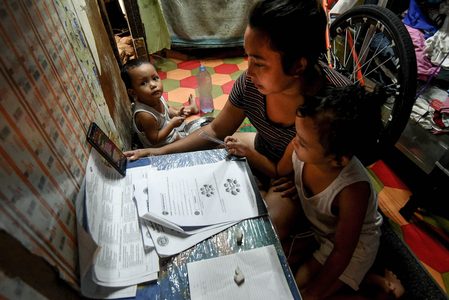


![[Time Trowel] Evolution and the sneakiness of COVID](https://www.rappler.com/tachyon/2024/02/tl-evolution-covid.jpg?resize=257%2C257&crop=455px%2C0px%2C1080px%2C1080px)


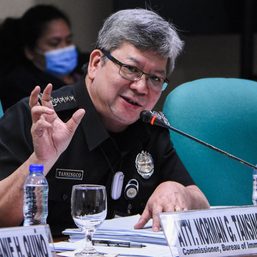
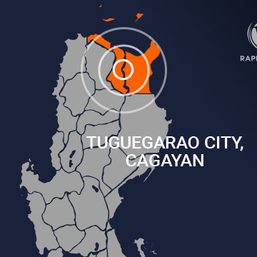
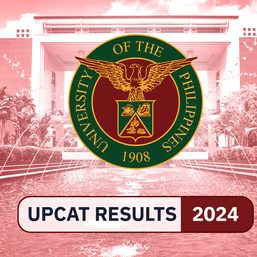
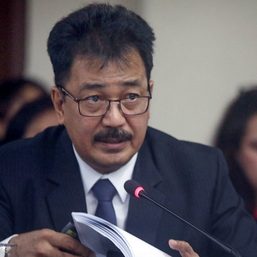
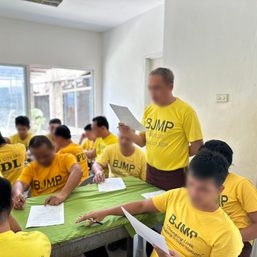
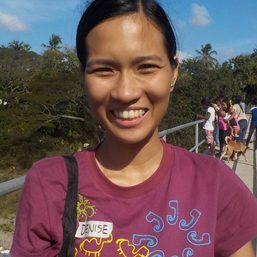
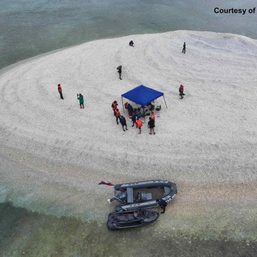
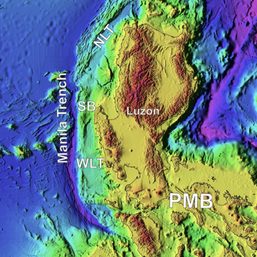
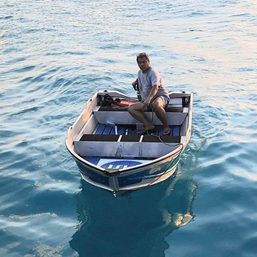
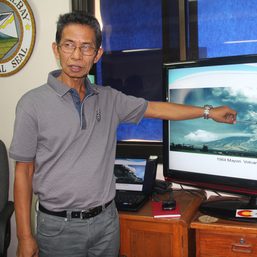
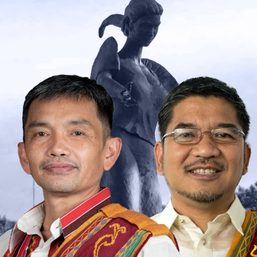

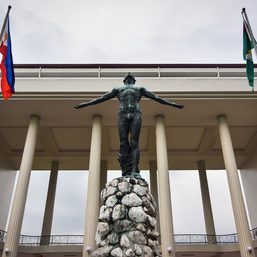
There are no comments yet. Add your comment to start the conversation.